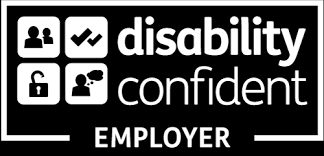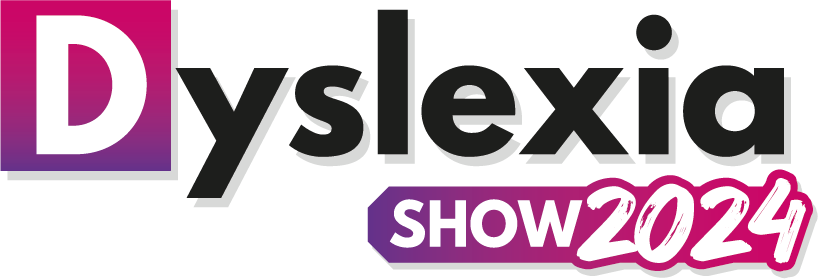Dyslexia – Developing a Toolbox
After a parent has received a diagnosis of Dyslexia, I’m often asked ‘what is the one thing you would recommend for my son or daughter’. Um, well, there isn’t one thing I’m afraid. In life we use a range of tools and strategies and it’s the same when supporting students with Dyslexia. Dyslexia impacts many areas of day to day life so there isn’t going to be one tool that does everything. Also, Dyslexia varies in how it affects each person – information processing, information storage and retrieval, memory, speed of processing, organisation etc – again reinforcing the need for a multitude of support tools.
In our lives we use a range of tools and techniques to function daily. We use technology, our own internal tools and our support networks living our daily life. It’s the same for students with Dyslexia.
Human support – human support is vital for us all. We all have and need a support network around ourselves. Not having a support network makes life very hard and leaves us extremely vulnerable. What’s important is that it is also the right form of human support. As I’ve written about before, for SEN students, it’s vital that the human support given is about empowering the student to achieve independent working as much as possible. Human support isn’t about doing for us. Human support is about listening and helping solve our problems and overcome our difficulties. If we always have someone do something for us we don’t learn ourselves.
Internal Strategies – linking nicely with human support is also our own internal strategies that help us succeed. For students with Dyslexia they will have strengths alongside their difficulties (again see previous blog). What’s important is that they develop internal strategies to counteract their difficulties, mentally and physically. They have the meta cognition to understand Dyslexia isn’t who they are, that their brain is wired differently, that they have many many talents. They also know how to overcome difficulties they have using all resources available. That they won’t give up but also, they know what isn’t a realistic goal for themselves. For example, their spelling levels may never improve but that’s ok because there is a technology they use for that and so their goal is to get better at using that technology, not keep expecting improved spelling personally.
Technology – technology is all around us. There is so much available now and it is fantastic. As a (slightly) older person, I learned to type on a manual typewriter and to be able to use the electric one was a exciting. It’s amazing how far technology has come since then, how many of us feel lost without our mobile phones now. But in education we are sometimes slow to embrace this, particularly for students with SEN. Many schools just ban mobile phones from being used in school but, in my opinion, this isn’t the right thing to do. How about having a correct use procedure instead? Banning is unrealistic and is also holding back many of our SEN students, particularly those with Dyslexia. We shouldn’t ban just because we don’t know how to manage it.
There are so many apps available on mobile phones to help students with Dyslexia, some free and some paid for. British Dyslexia Association and Dyslexia Scotland websites are good for information. But even just being able to use the phone to take a picture of the whiteboard is of massive use to a student with Dyslexia. To be able to set alarms to remind a student where to be and when – huge.
Tablets, laptops all make life easier for students with Dyslexia. Google and Microsoft etc, are improving accessibility on a regular basis. But remember, there isn’t one tool to do everything. Ideally, with regard to technology, it is a combination of mobile phone, tablet/laptop and then maybe the C-Pen Reader Pen to read printed text.
Of course, what I haven’t yet mentioned are the very simple ways to support which don’t come in the previous categories – coloured overlays/paper, low visual noise in the environment, using dyslexia friendly fonts and layouts etc. These still have a major part to play in the Dyslexia toolbox.
So, when supporting students/people with Dyslexia, don’t just look for one thing to support/fix. Adopt a wide range of tools and strategies. Work with the student and experiment, try new things, ask them to investigate and develop their own toolbox that will take them through life. Also, make sure you are providing the right sort of support – empowering.
Sam Garner


Event Location
Hall 11
Birmingham NEC
North Avenue
Marston Green
Birmingham
B40 9AD
Opening Times
- Wed 23rd Sep: 9:30 - 17:00
- Thur 24th Sep: 9:30 - 17:00
- Fri 25th Sept - 9:30 - 17:00
Company Information
Dyslexia Show Limited
Future Business Centre
Kings Hedges Road
Cambridge
CB4 2HY
Reg: 11924693
Tel: 0330 088 7985
Email: hello@dyslexiashow.co.uk

